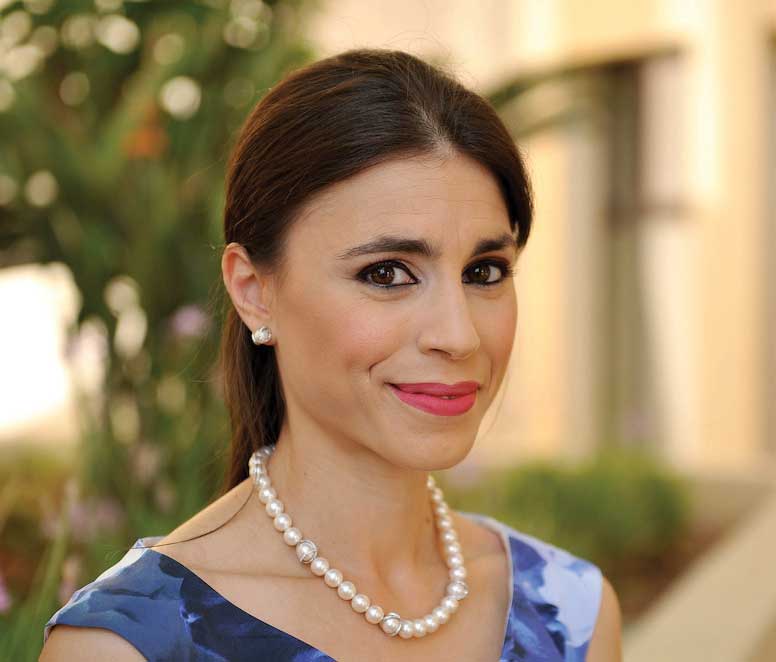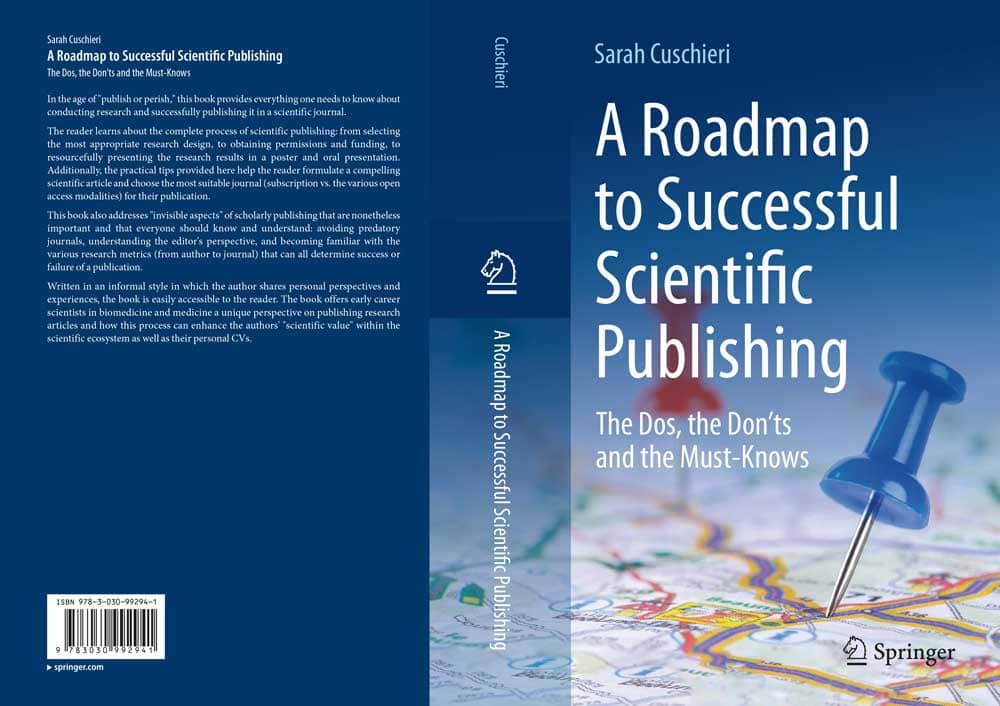Are you thinking about writing a scientific article? Do you have a good research idea but don’t know what to look out for in the process of publishing? Don’t panic! We’ve gotten in touch with Dr Sarah Cuschieri, author of A Roadmap to Successful Scientific Publication to ask those very questions.
‘Publish or Perish’
In academia, the ‘publish or perish’ culture forces scholars to undergo research and publish as many articles as possible. Individual success is often only measured by how many articles someone has published and how many times they were cited. Scholars need to get articles with their names on them (ideally as first author) out to further their career. But for some, this keeps them from pursuing the original goal of research: contributing to the knowledge of the scientific community. To advise prospective scholars on how to publish meaningful research successfully in this competitive environment, Dr Sarah Cuschieri (Lecturer with the Faculty of Medicine and Surgery, UM) wrote the book A Roadmap to Successful Scientific Publication: The Dos, The Don’ts and the Must-Knows.

The Book’s Aim
The road from forming a research idea to publishing an article is a long one, and one where universities provide only little guidance to students. A Roadmap to Successful Scientific Publication aims to close that gap by taking you through the publishing process step by step, drawing on the author’s own experience and that of her students.
The book is not limited to a specific study area, making it an invaluable tool for any discipline. Everyone who is interested in research can benefit from this reading, written in an informal and conversational style as if an experienced researcher was talking to aspiring scientists. Cuschieri tells us what research is, why we do it, and how to go about achieving that goal. ‘Every now and then, students come to me asking what they can write about to publish a paper. But they missed the point. We don’t do research to get published. We do research to tackle a specific problem.’
The process starts with the research idea and finding the appropriate research question. The next step is the research design and data handling, which is highly dependent on the area of study. Nonetheless, Cuschieri can give some advice on what to avoid and what to go for. Once the article is written, the search for the appropriate journal for publication begins.

Tips from the Book
One common misconception Cuschieri warns about is using one specific journal indexing database (which are without doubt very useful for a quick assessment of journal quality and impact) as the only indicative factor to choose a journal by. Not all high-quality journals are indexed in the same indexing database, potentially leading to missed opportunities if only one database is considered. On the other hand, simply because a journal is indexed does not necessarily make it trustworthy. There are predatory journals, and although they very rarely make it into a recognised journal index, it does happen. In order to avoid such predatory journals, which charge you for submitting your article and then don’t deliver the peer-review they promised, it is essential to research your considered journals. Publishing in a dubious journal that charges you for nothing is the worst-case scenario because you don’t just lose money; it can also severely damage your career apart from ‘stealing’ your research. Conversely, sticking too close to the journals you already know can cause you to miss a good opportunity. Even the much-praised open-access model has its downsides. Although some of them, like the Maltese journal Xjenza Online, manage to be financially self-sustaining, many open-access journals charge their authors a fee. Moreover, predatory journals will always pretend to be open-access.
Cuschieri’s book tells you what to look out for when you research a journal and what the journals look for when they select authors for publishing. She also takes you through her experiences of getting published. ‘When my first article was rejected for the first time, my world collapsed’, she says with a smile. ‘But the editors might have good reasons for rejecting your article other than that it’s bad. The important thing is to not give up. Breathe, take a few days off, and then come back again and ask the editors politely why they rejected the article. Some journals might have an audience slightly different from that of your article so that you have a good chance of getting it published somewhere else.’
Although it is good to be ambitious, you could easily waste time by applying to top journals with a mediocre article. On the other hand, if you have a fantastic article, you should aim for a top journal so your research reaches a wider audience. Cuschieri’s book gives you a good feeling of what to aim for with your article.
Cuschieri warns about relying solely on research metrics like the h-index. The context can be so different that it’s impossible to compare scholars solely by this measure. A researcher who has been active for 40 years has a better chance of being cited than someone who has only been around for ten years. Similarly, there might be established research fields in which there are many people who could potentially cite your paper, whereas in new areas of study it looks completely different. Neither of these instances necessarily mean that the more cited person is more competent. The focus on such metrics, journal rankings, and number of publications moves the scientific community’s focus away from the real goal of science: the betterment of society. If you want to contribute to this goal by writing scientific papers yourself, make sure to get a copy of Cuschieri’s book, which is a great place to learn how you can go from the idea in your head to the finished article in the hand of the reader. And if you experience setbacks on the way, remember: ‘The important thing is never to give up! Not all research is flowers, but no crisis is the end of the world.’





Comments are closed for this article!